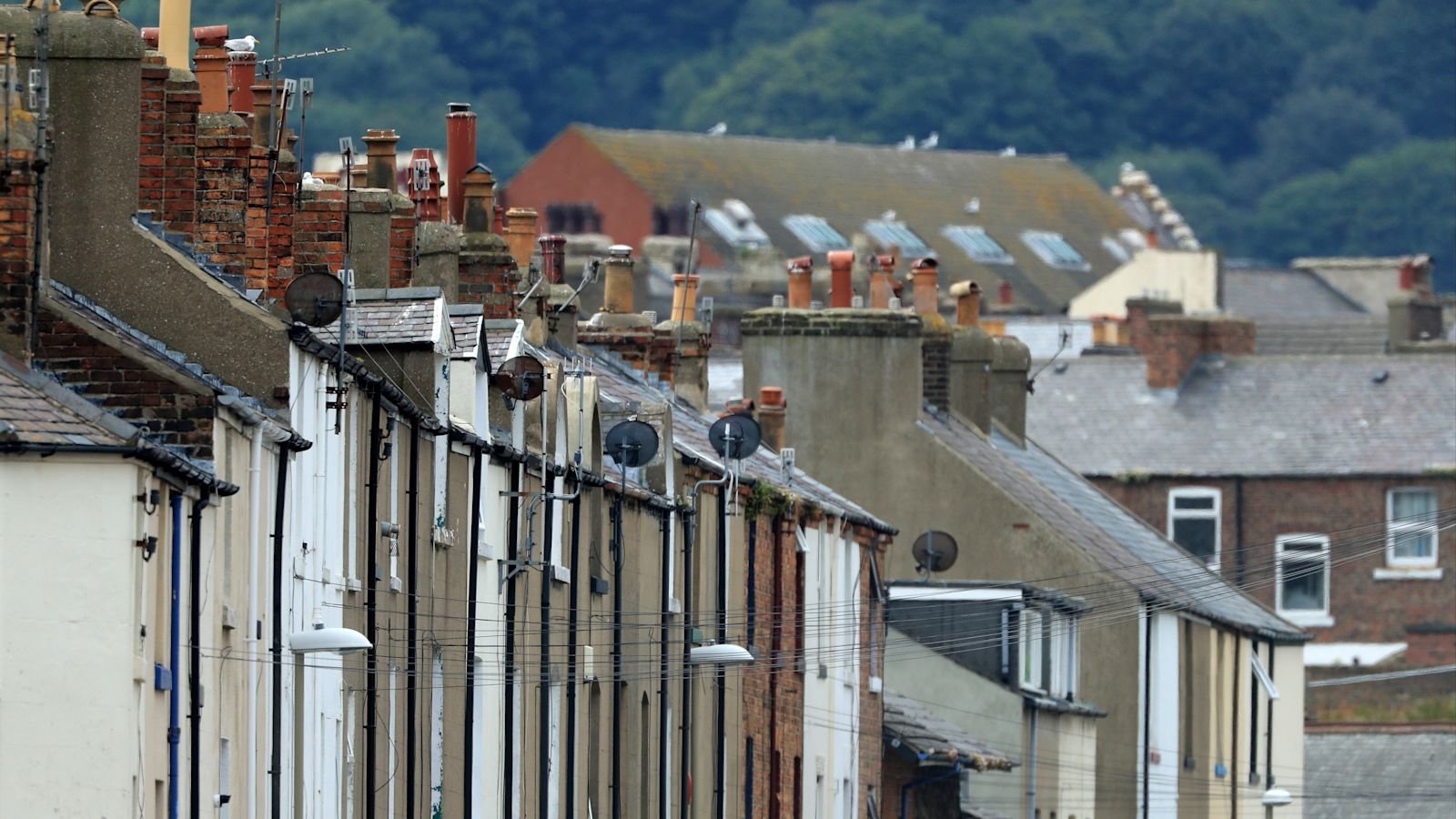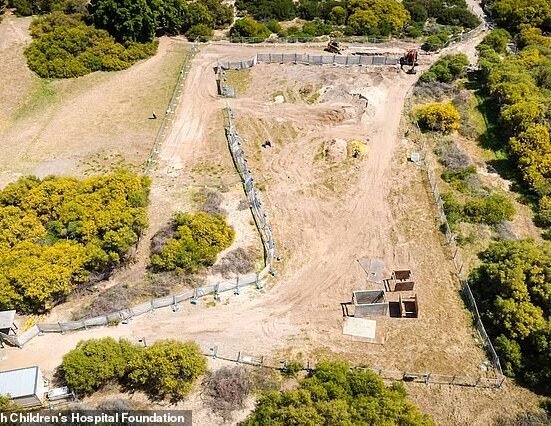Leasehold flats will be banned under new proposals detailed by the government.
The housing minister said the changes “mark the beginning of the end” for the “feudal” leasehold system, giving homeowners greater control over their properties under a new ‘commonhold’ system.
Government proposals, published on Monday, will scrap the current system, under which third-party landlords can own the lease of a building, therefore making decisions on behalf of homeowners.
Leasehold will be replaced with commonhold, an ownership structure that allows people to own and manage their buildings jointly.
What is the leasehold system?
If you own a leasehold property, you own the property but not the building or the land the property is built on, and have to pay ground rent to a third-party landlord, on top of service charge to maintain the building.
When you buy a leasehold property, you purchase the right to live in it for a set number of years. Leasehold properties are normally flats or apartments in larger buildings.
Many people in leasehold properties say they have no control over the costs, which often increase after the property is bought. Campaigners say people often end up stuck in houses they can’t afford to keep living in because of rising ground rent and service charge, also making it difficult to sell the property.
The new plans will also include a ban on the sale of new leasehold flats.
The Labour government made abolishing the leasehold system a key manifesto pledge, and on Monday published more details of what will replace it.
What does ‘commonhold’ mean?
A commonhold system allows property owners to own and manage their buildings together, rather than the ultimate control being with a third-party landlord.
Members of the commonhold can then vote on decisions around building maintenance and service charges.
The government proposals put forward on Monday include strict rules on how commonhold buildings can be managed, in order to reassure mortgage lenders the buildings won’t be neglected.
The plans also allow people in commonhold buildings to separate them into different sections, meaning people would only pay for and run the amenities that benefit them.
In 2024 only 0.01% of housing stock in the UK was commonhold properties, making it an exception to the rest of the world, where commonhold systems are much more prevalent.
Hasn’t this been promised before?
The previous Conservative government also promised reform to the leasehold system – Sajid Javid said he’d ban new-build houses being sold as leasehold in 2017, and in 2021 Michael Gove pledged to abolish the system entirely.
But Gove’s plans were watered down after a battle with Downing Street, meaning a total ban was kicked into the long grass.
Other reforms were implemented – in 2022 the Leasehold Reform (Ground Rent) Act ended ground rent for most new long residential leases.
But many of the reforms promised by the Conservatives never came into effect, and have been absorbed into Labour’s plans for the Leasehold and Commonhold Reform Bill.
When could this actually become law?
The details announced on Monday are from the Commonhold White Paper, laying out the government’s plans ahead of the draft Leasehold and Commonhold Reform Bill, which will be published later this year.
Some campaigners say the government is taking too long to publish the draft Bill and enact the reforms promised under the Conservatives.
Once the draft Bill is published, key stakeholders and MPs will be able to scrutinise it, before it is then formally introduced to Parliament and starts the process of becoming law. There’s no set amount of time for how long that process takes.
From Westminster to Washington DC – our political experts are across all the latest key talking points. Listen to the latest episode below…







